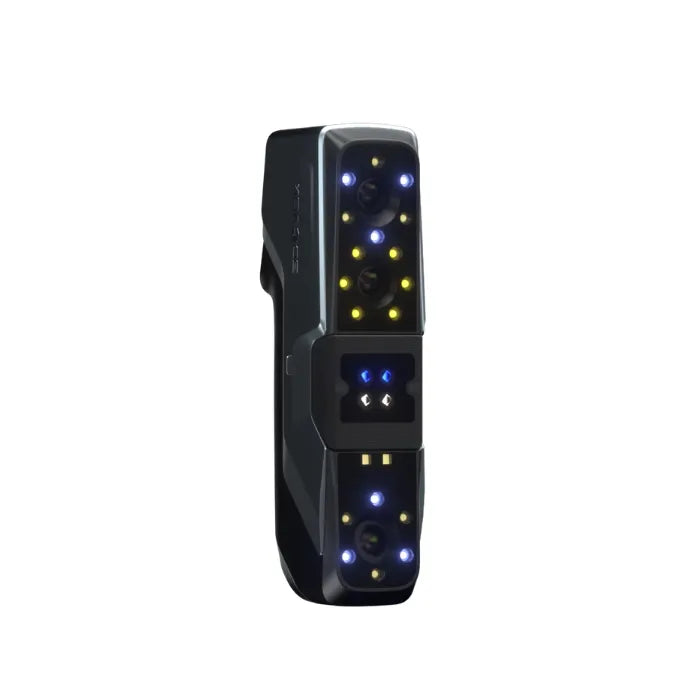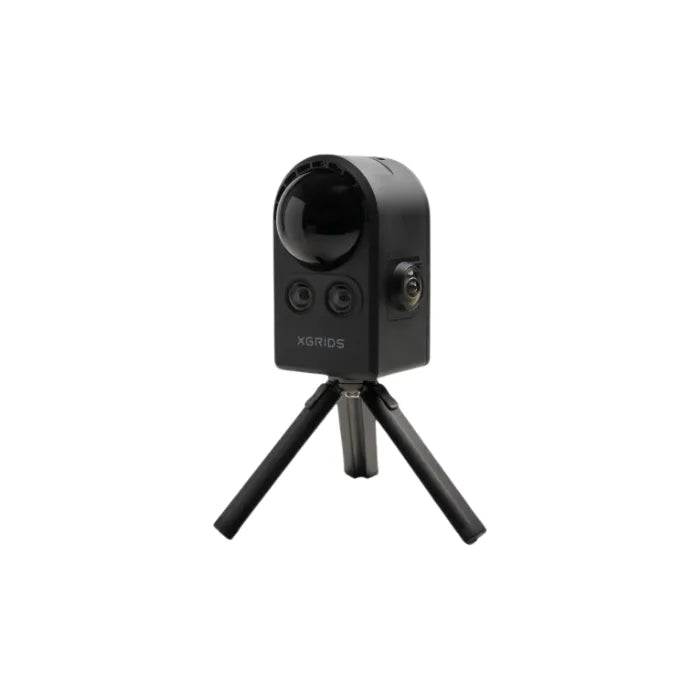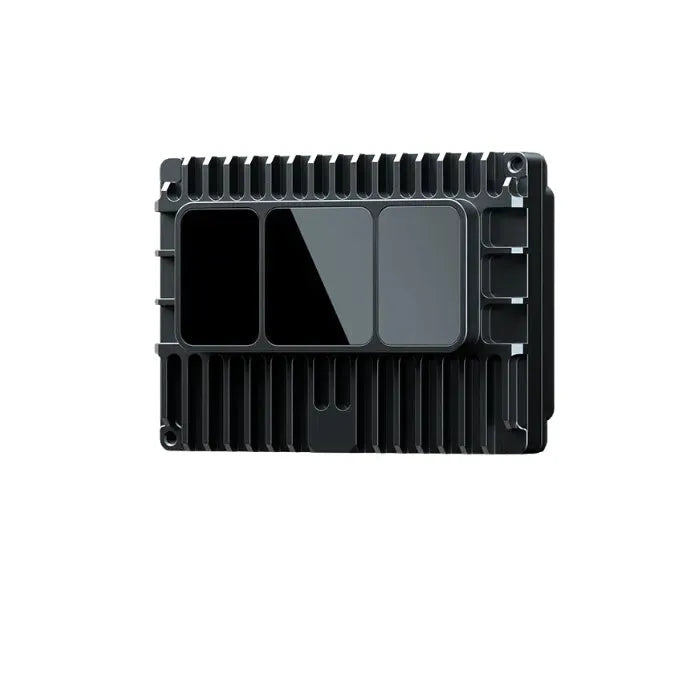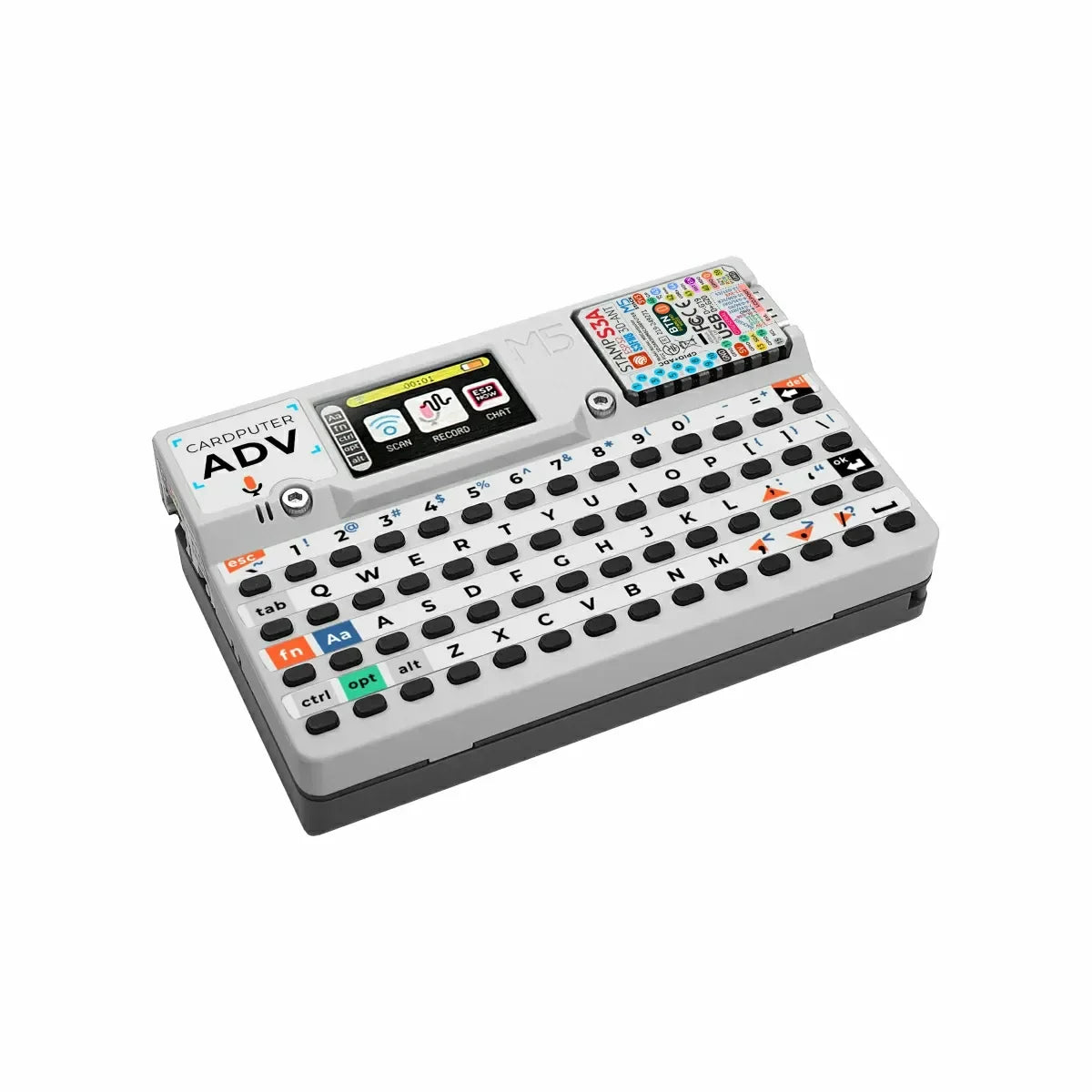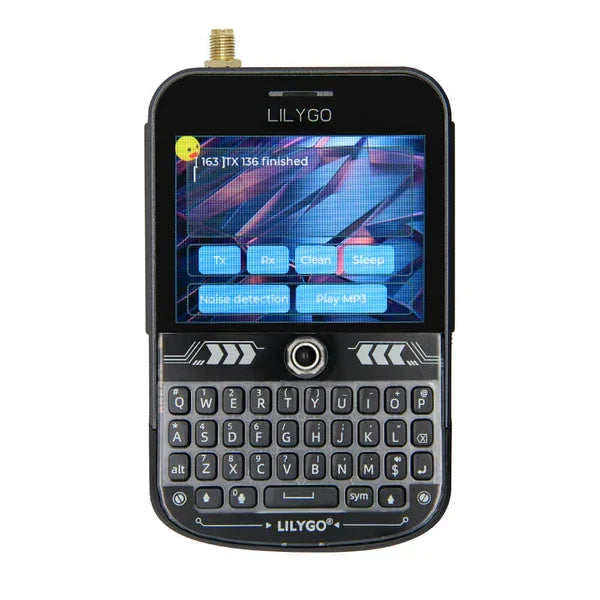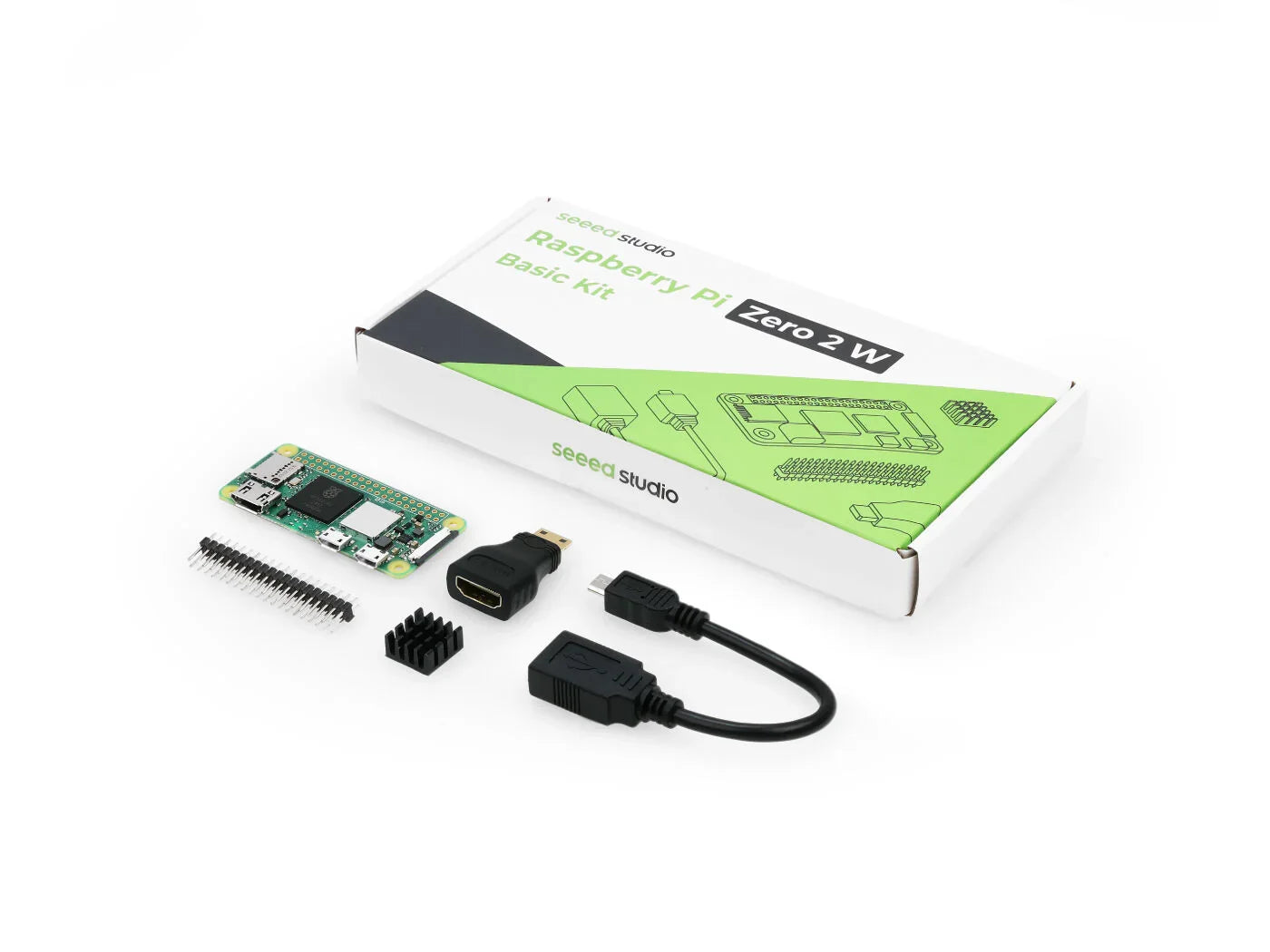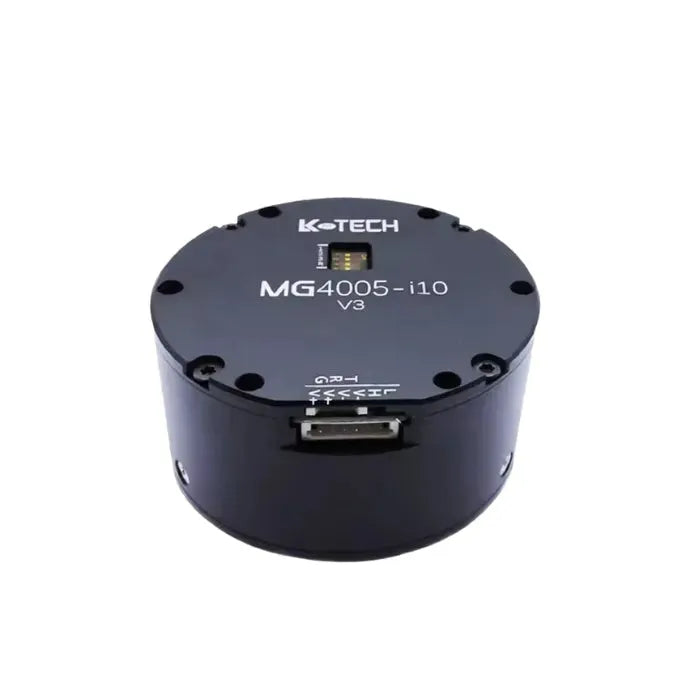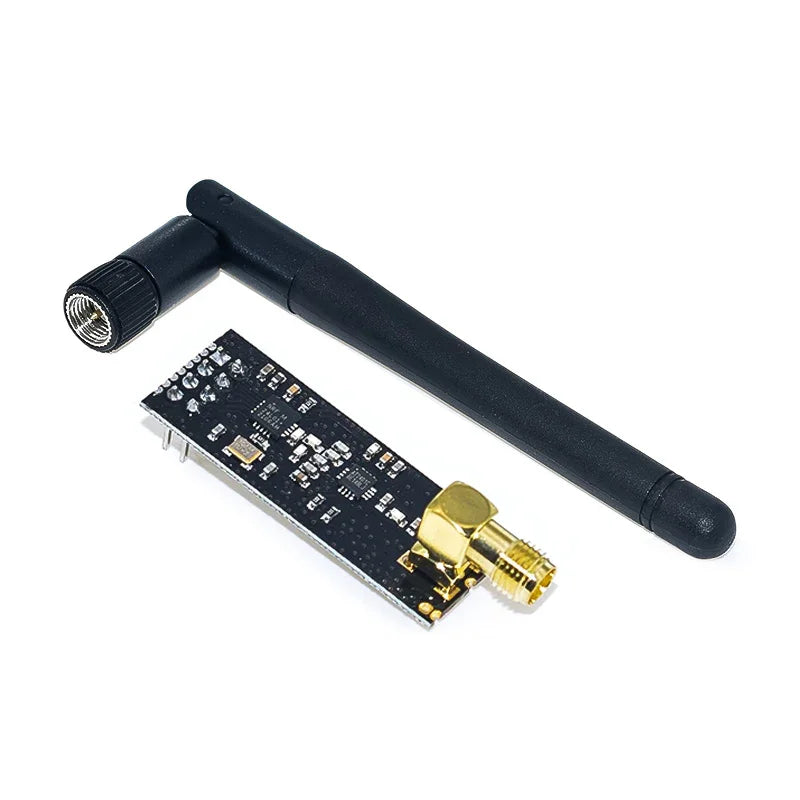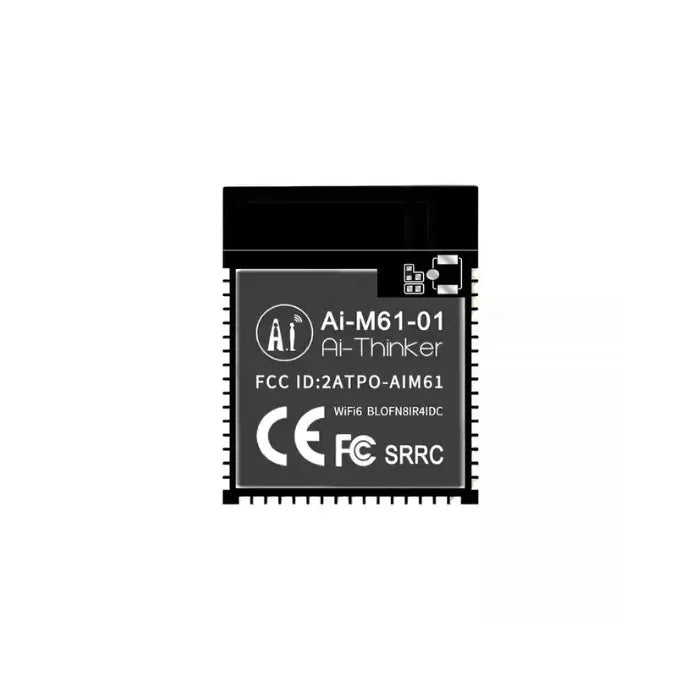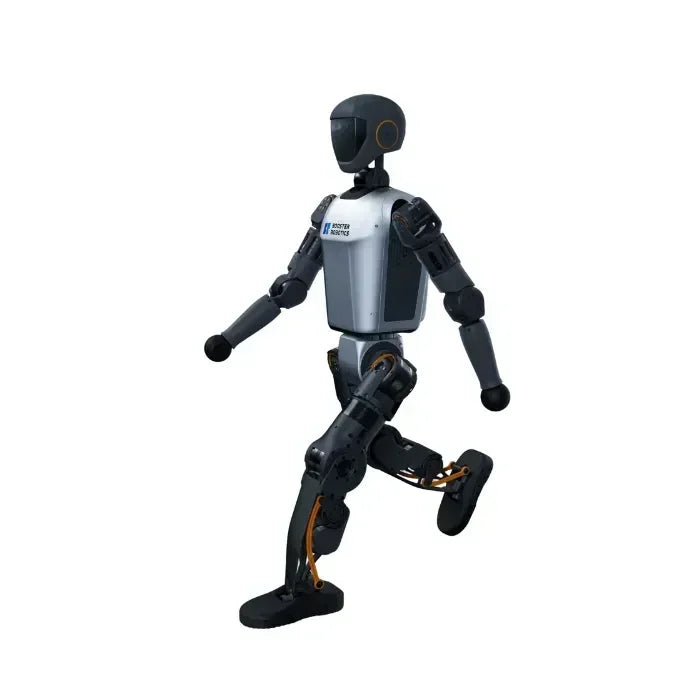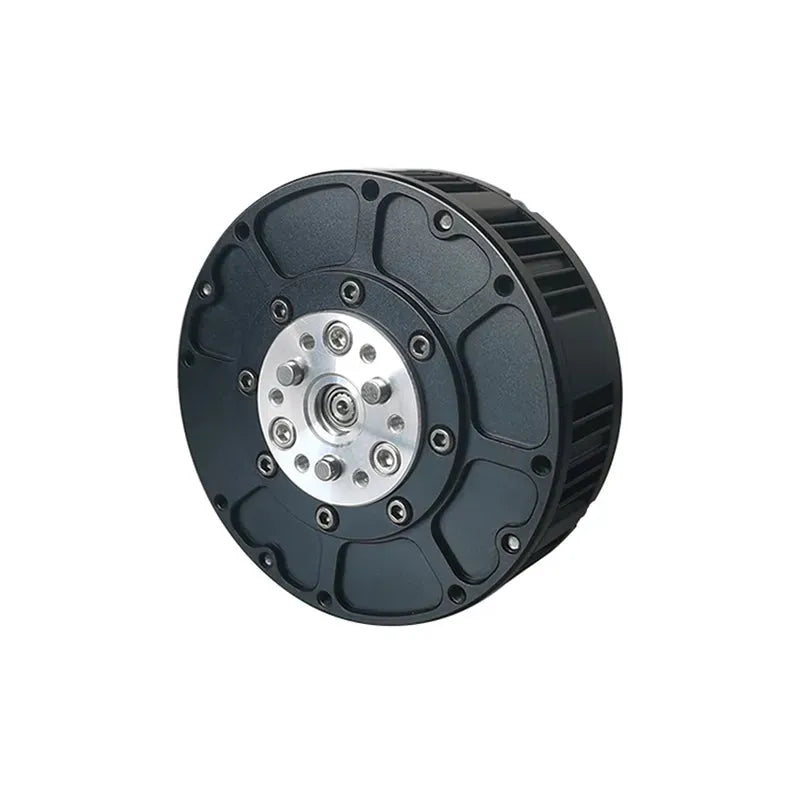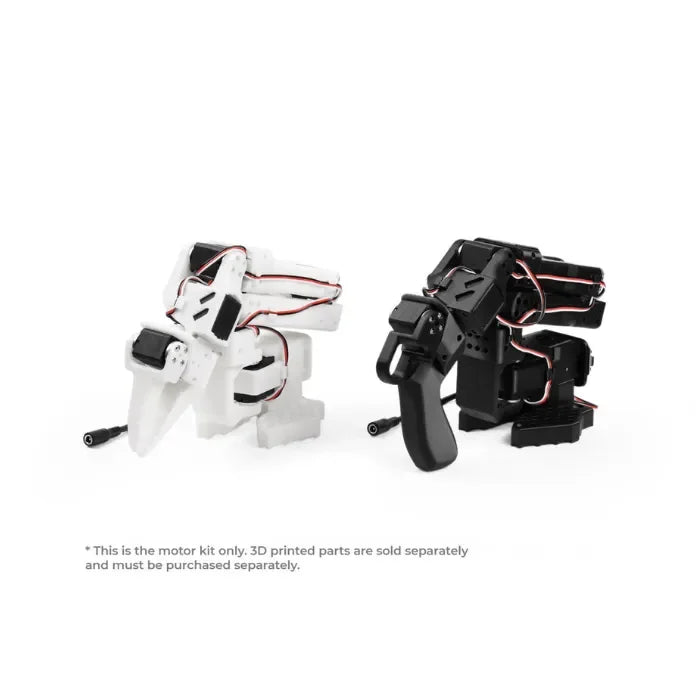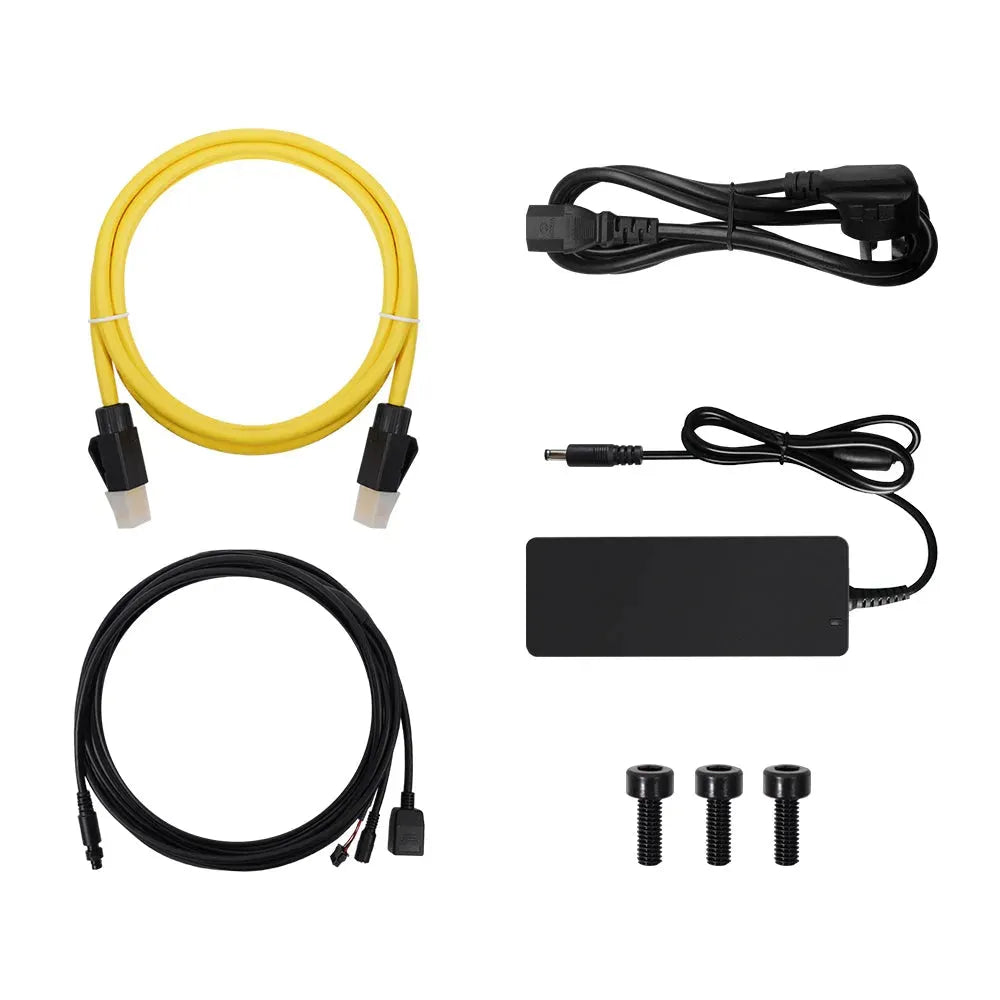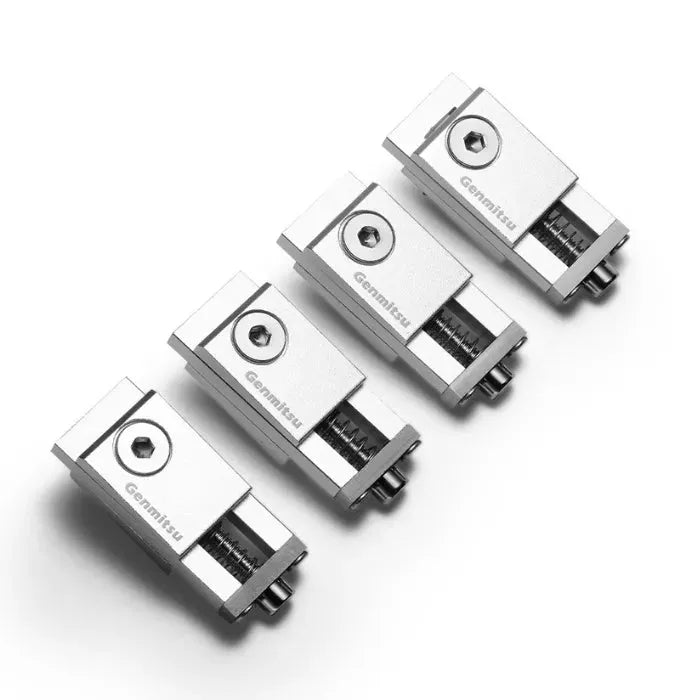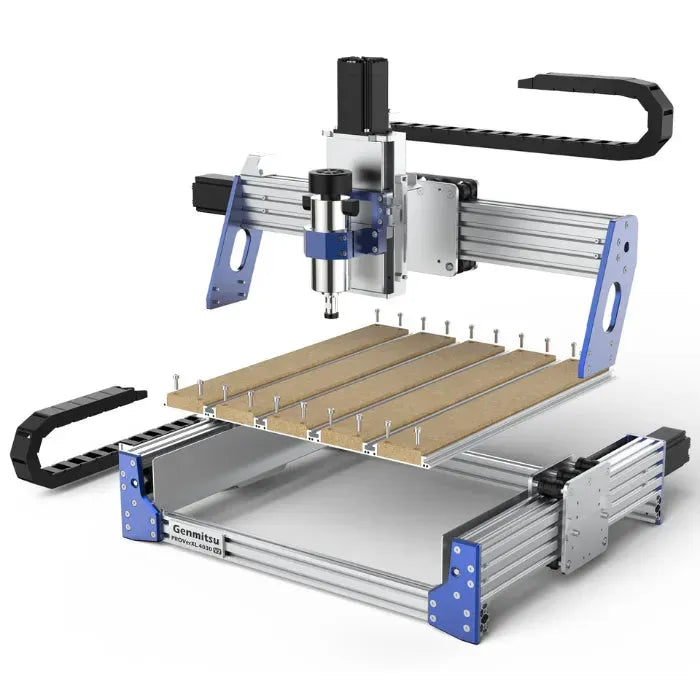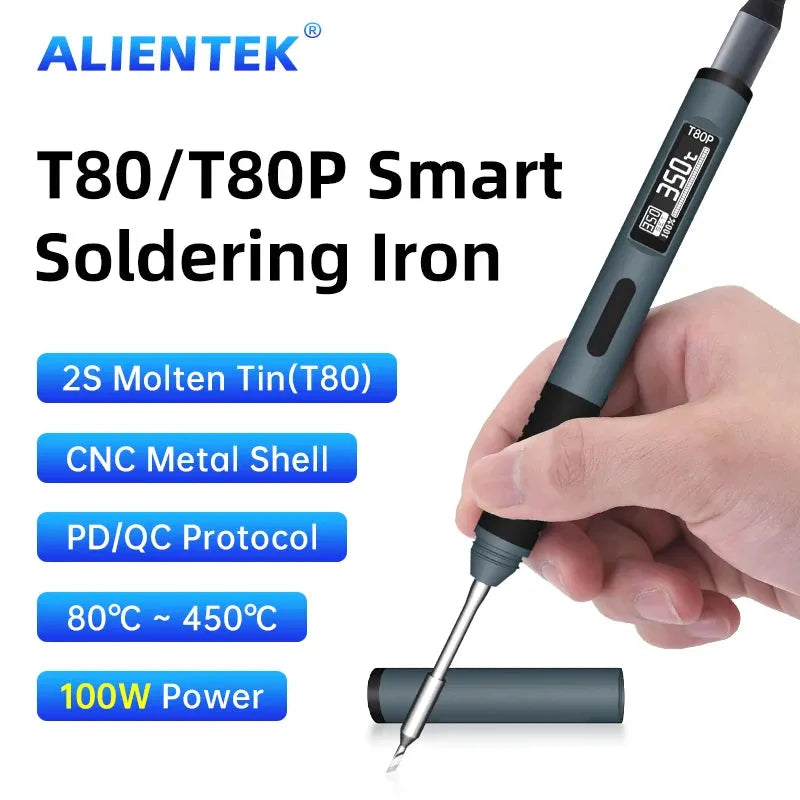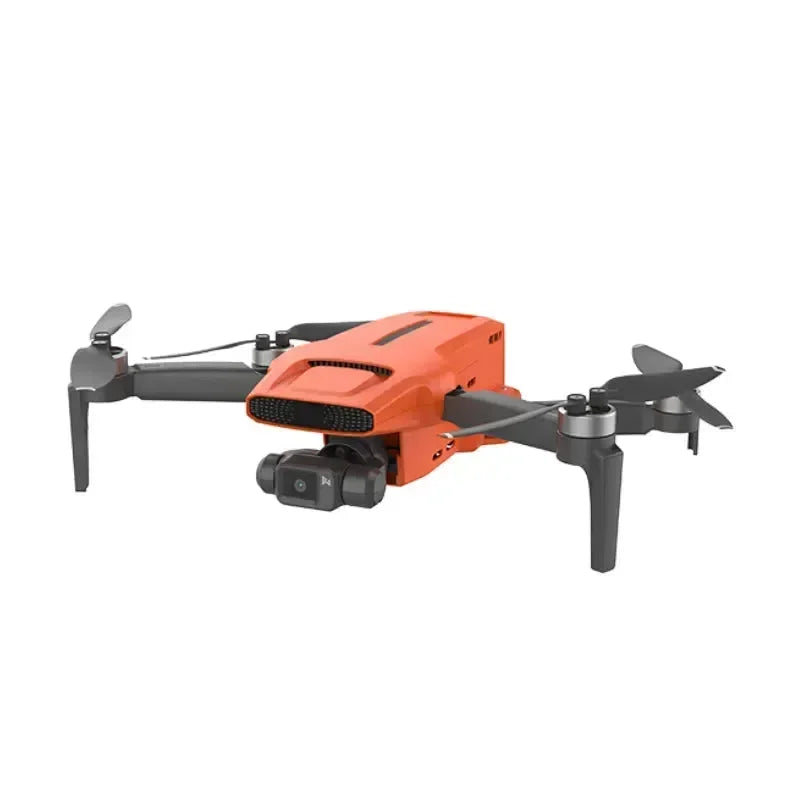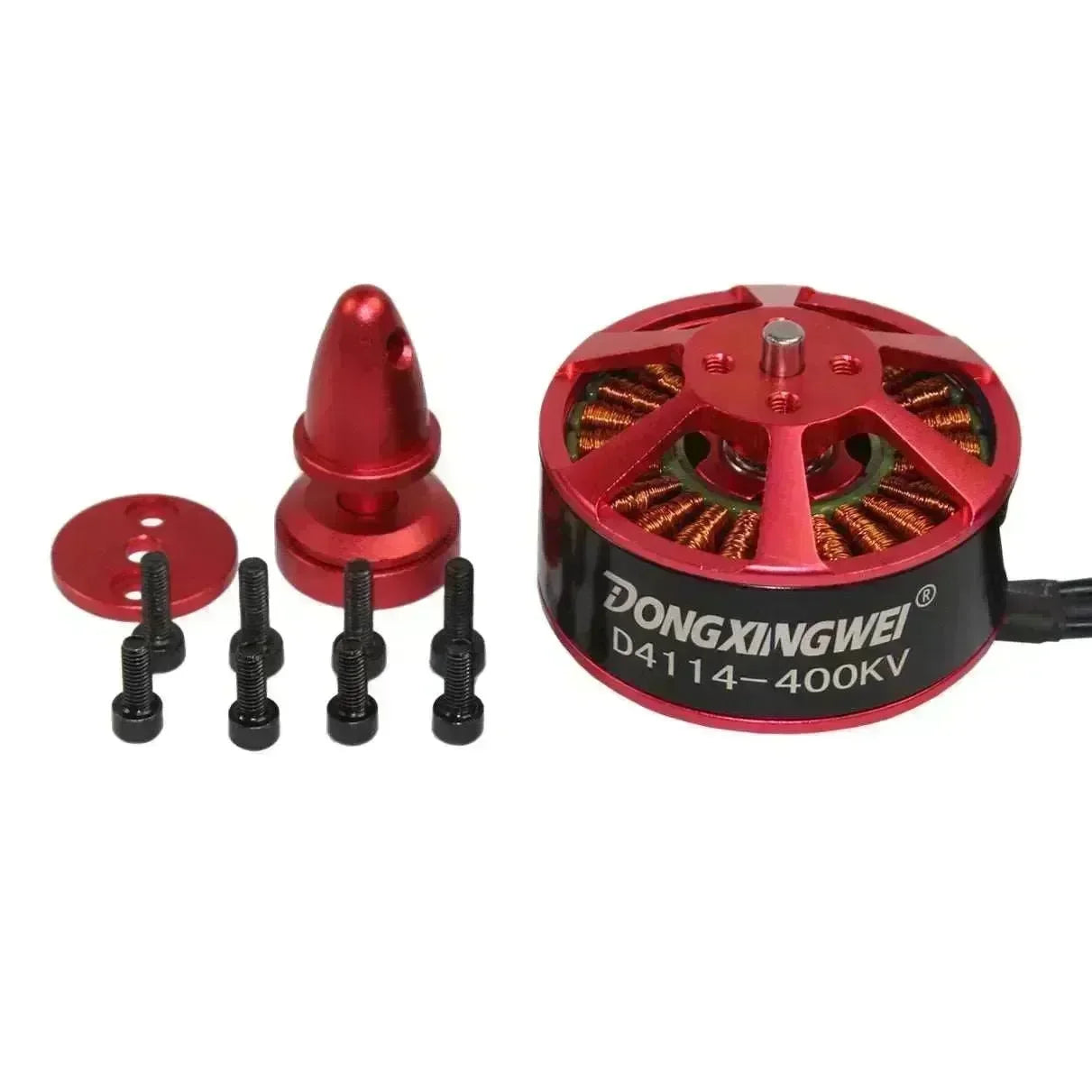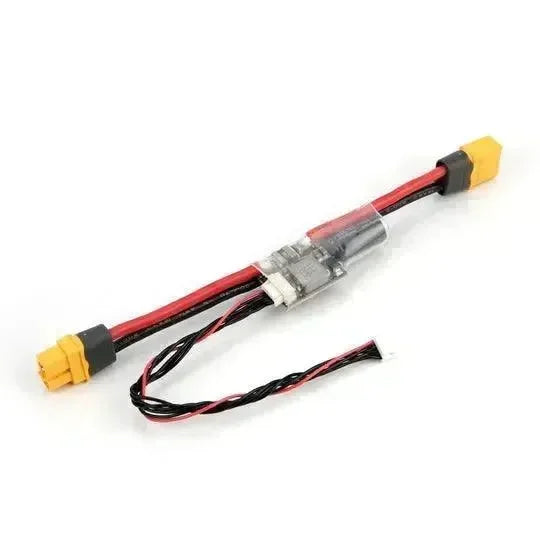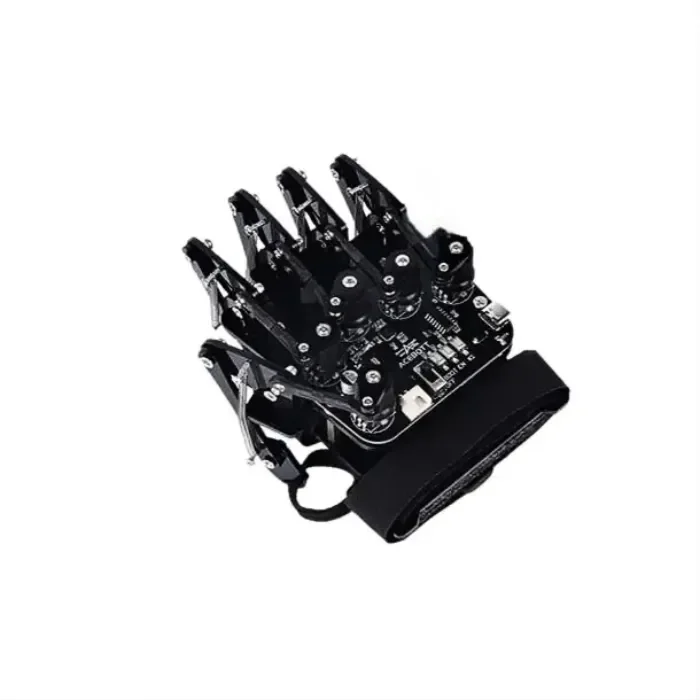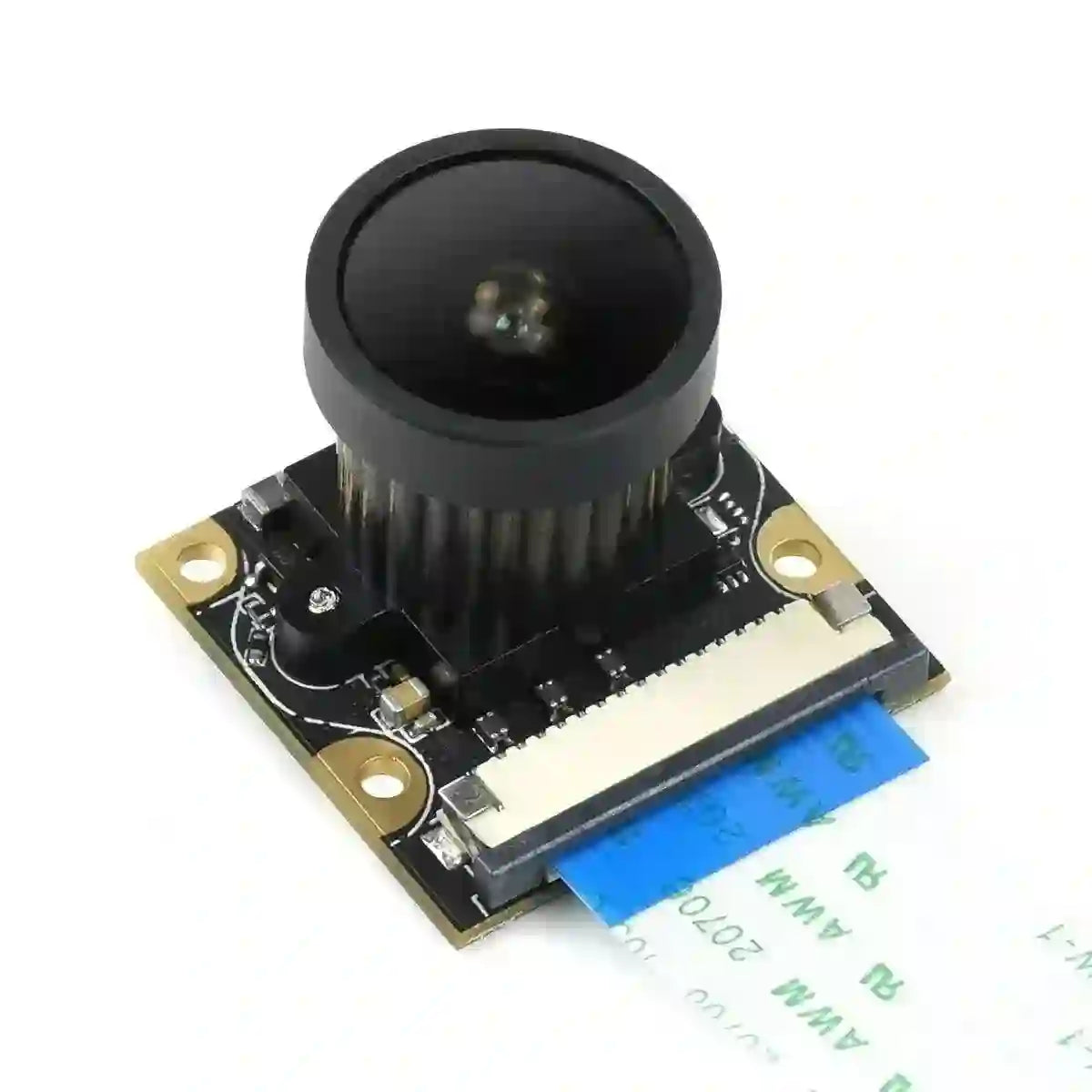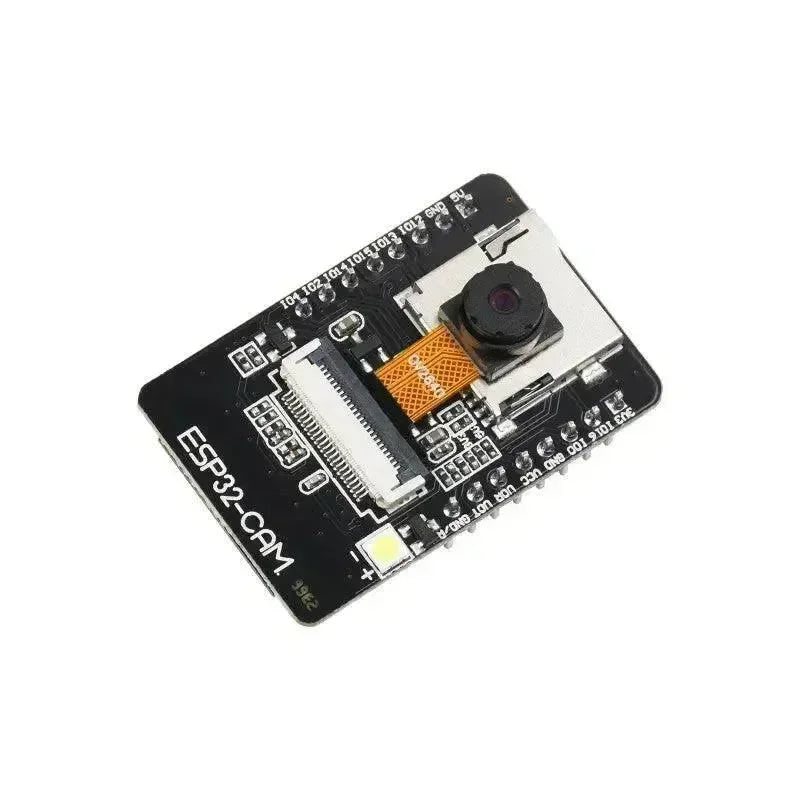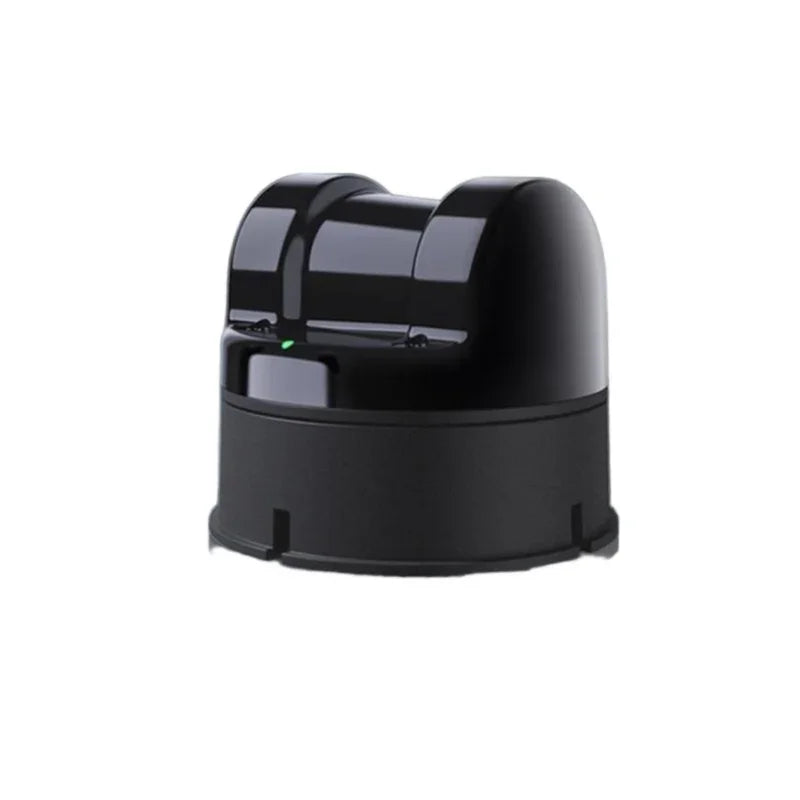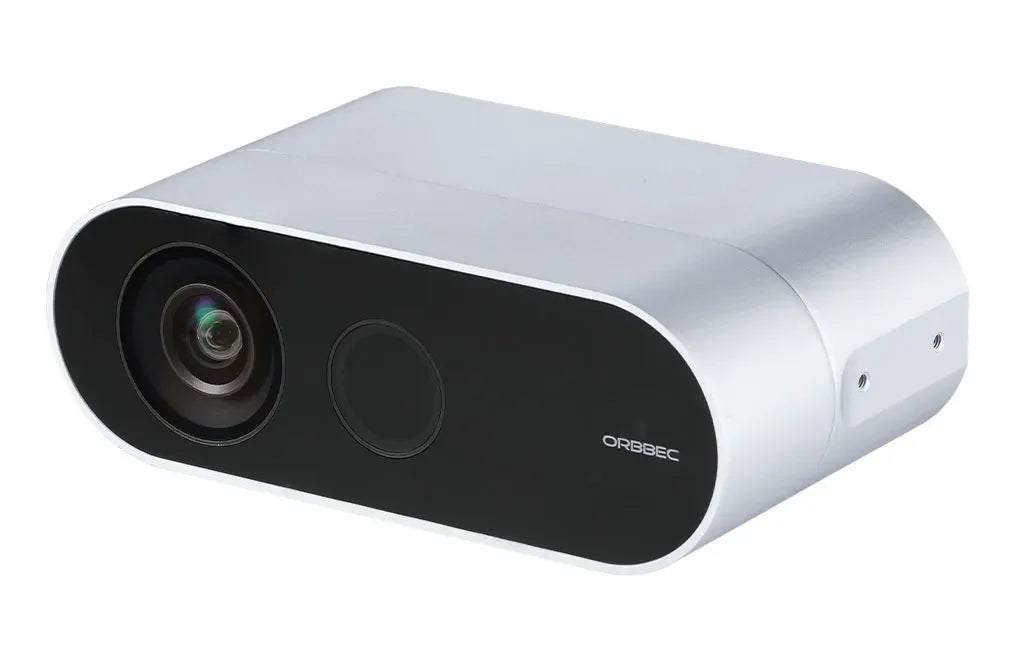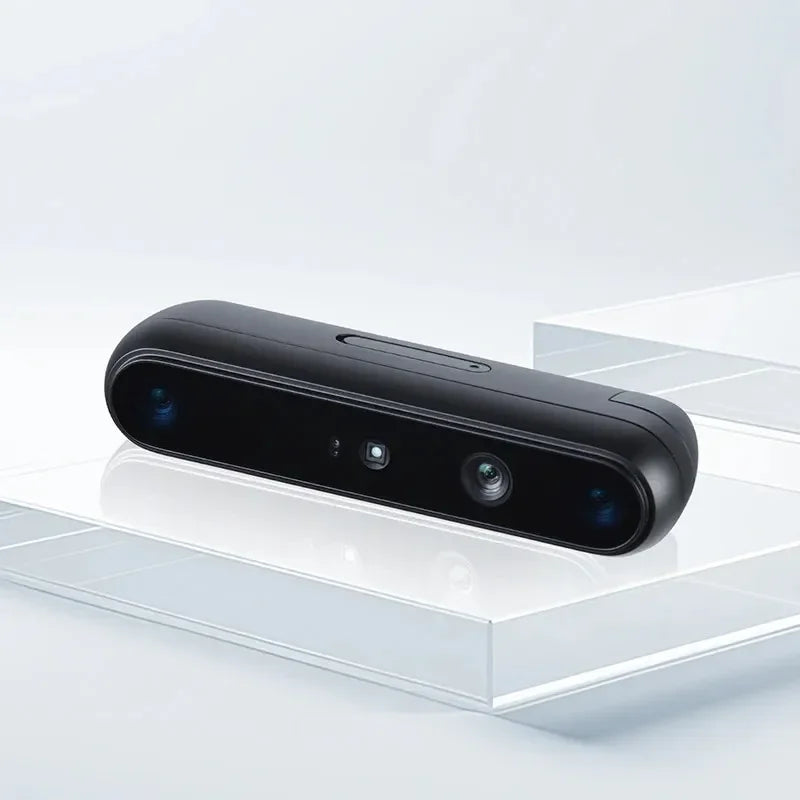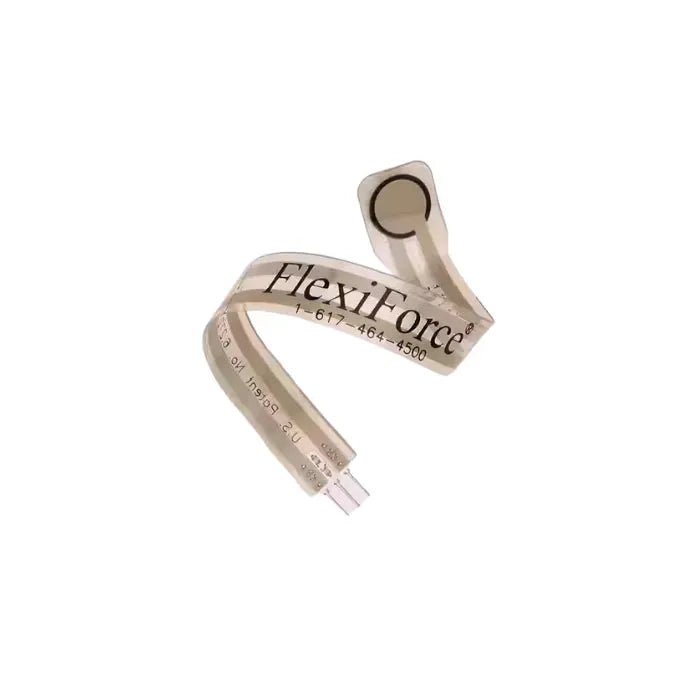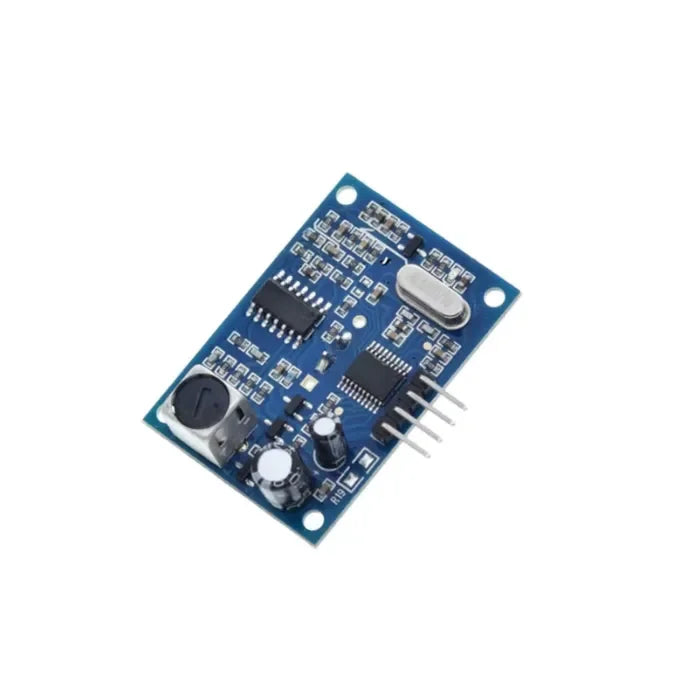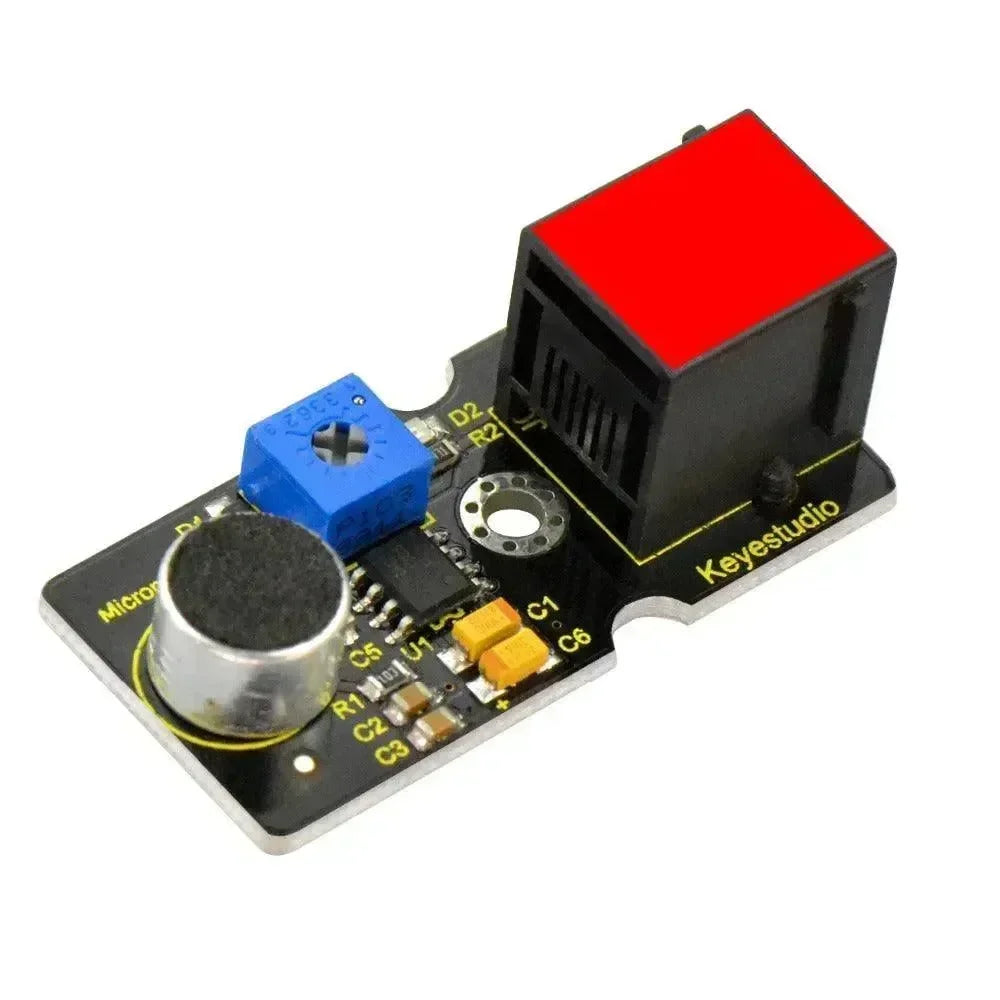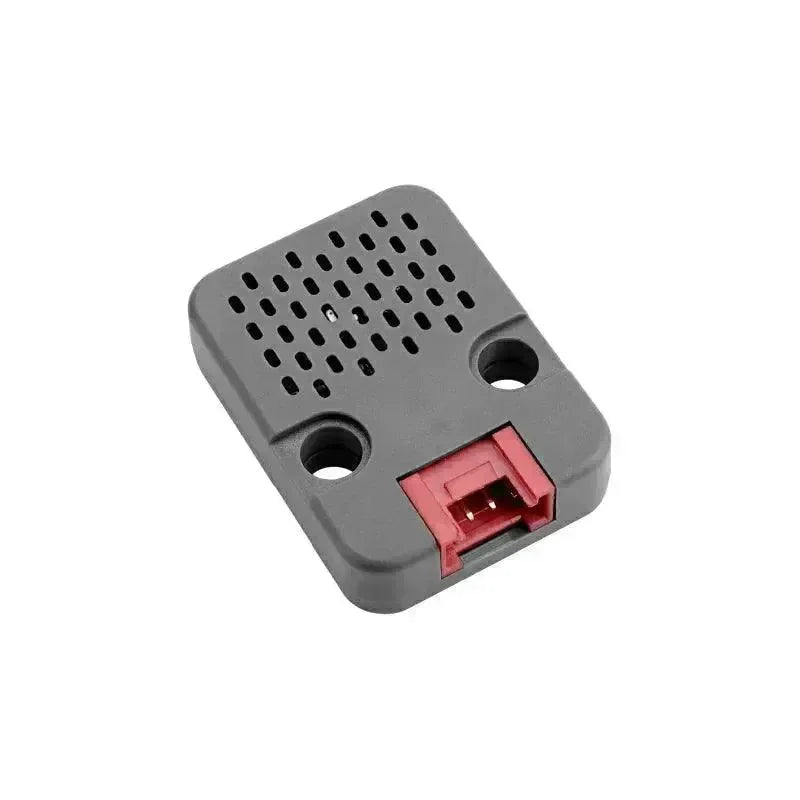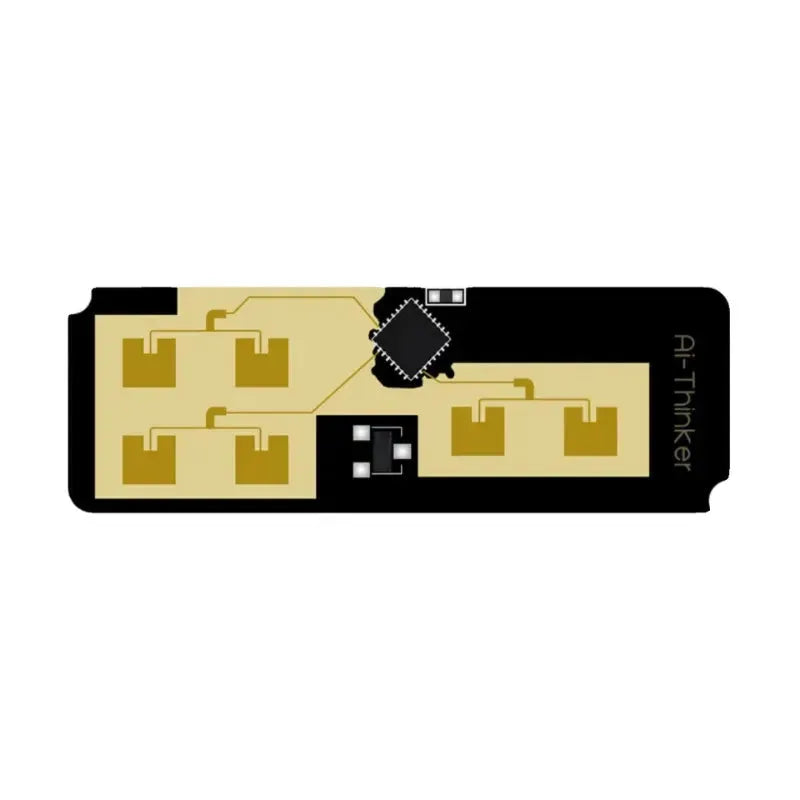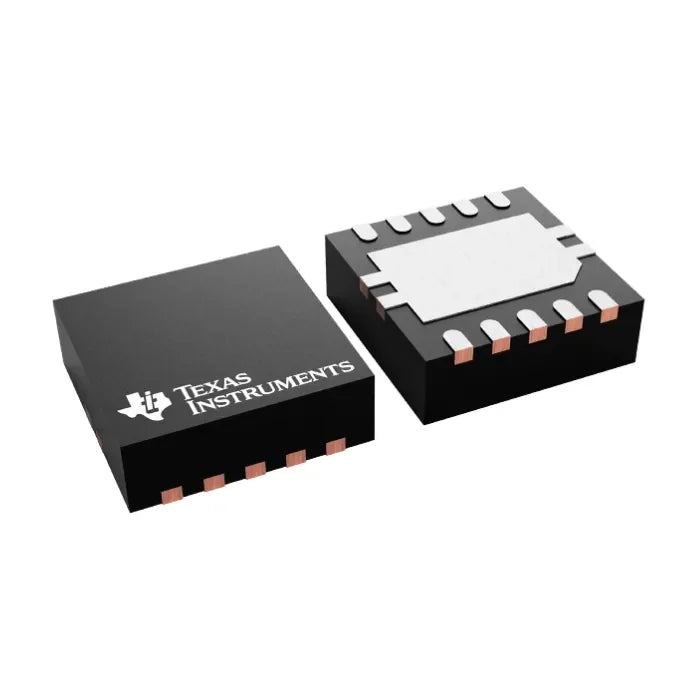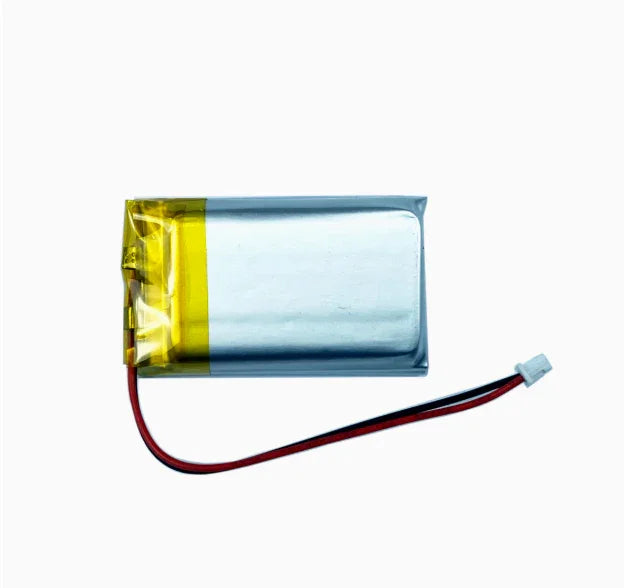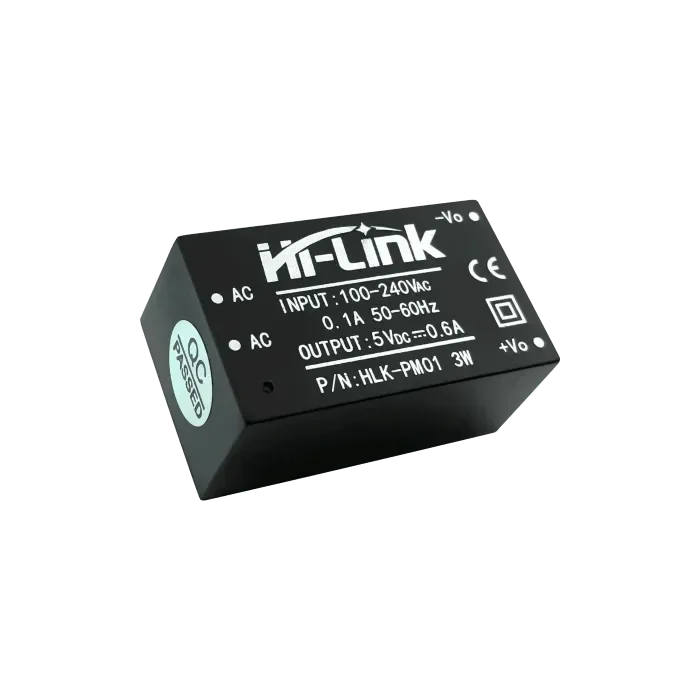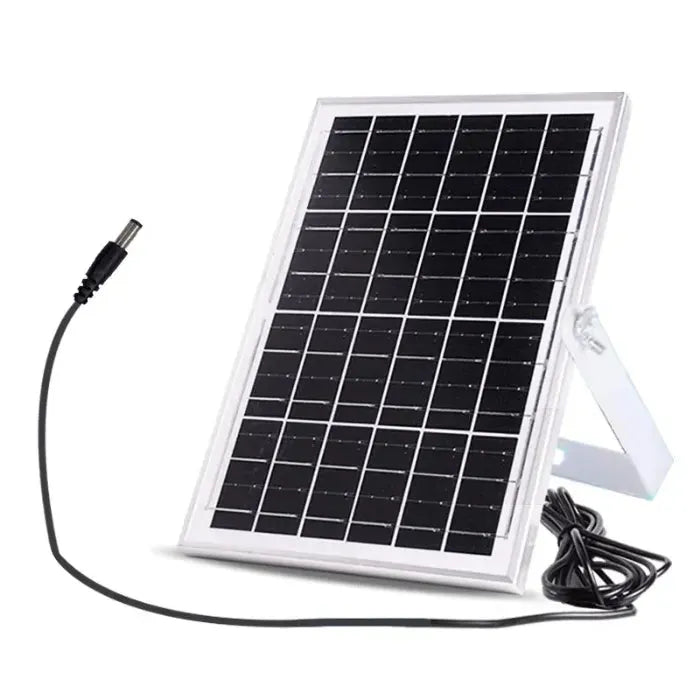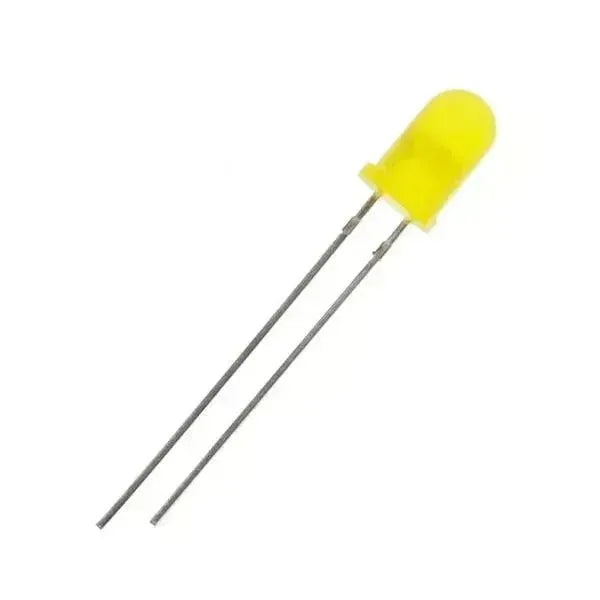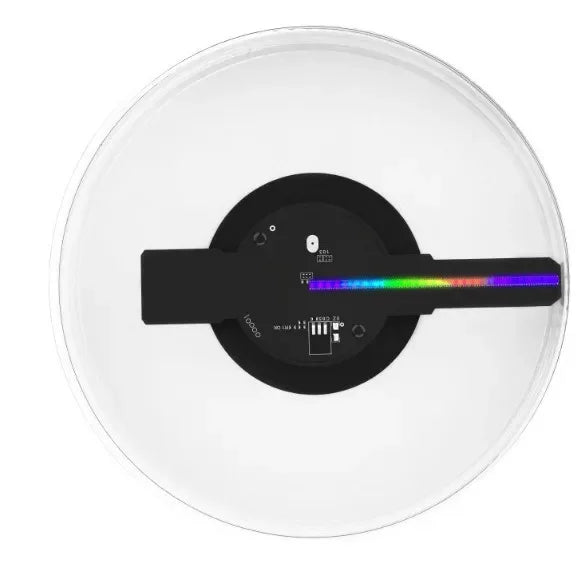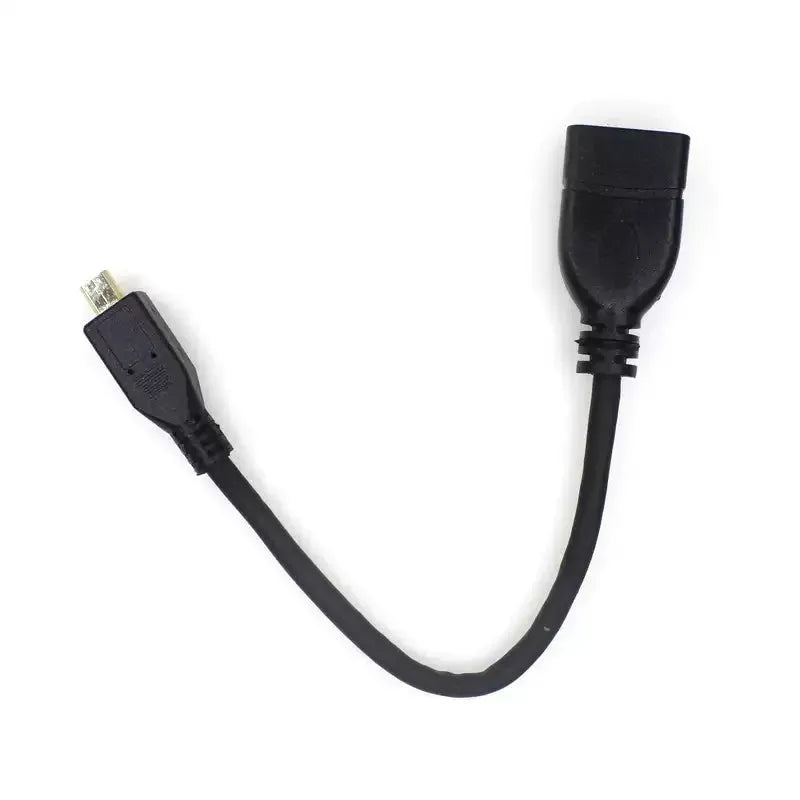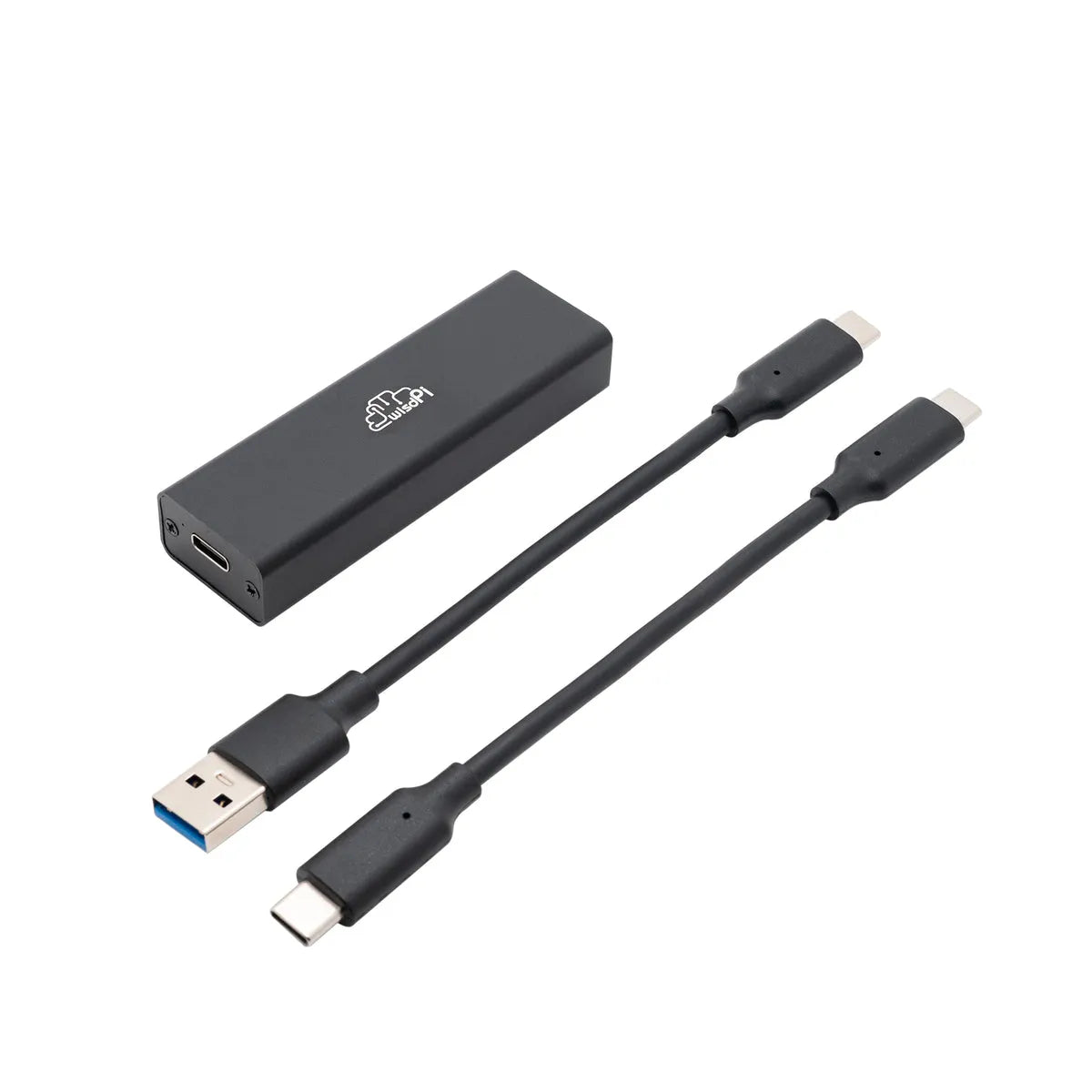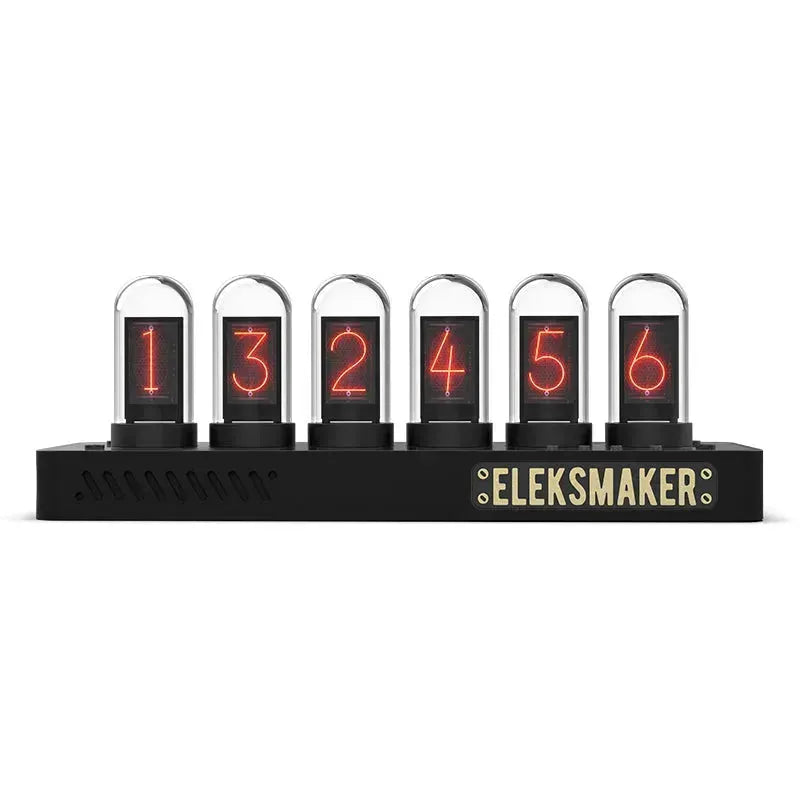What is BME280?
BME280 is a versatile environmental sensor developed by Bosch, widely recognized for its ability to accurately measure atmospheric conditions. Housed in a compact package, it combines three sensors to monitor temperature, humidity, and pressure—all with impressive precision.
This little powerhouse provides accurate temperature readings essential for climate control, with a range from -40 to 85°C. It also tracks relative humidity with an accuracy of ±3%, making it a great fit for both indoor and outdoor weather stations, as well as HVAC systems. Additionally, it can measure barometric pressure with a precision of ±1 hPa, which is important for applications like altitude detection.
One of the standout features of the BME280 is its low power consumption, making it ideal for battery-driven devices that require continuous data collection. Its compact design allows for easy integration into various applications, including IoT projects and environmental monitoring systems. Plus, with support for both I2C and SPI communication protocols, it’s highly adaptable to different microcontroller setups.
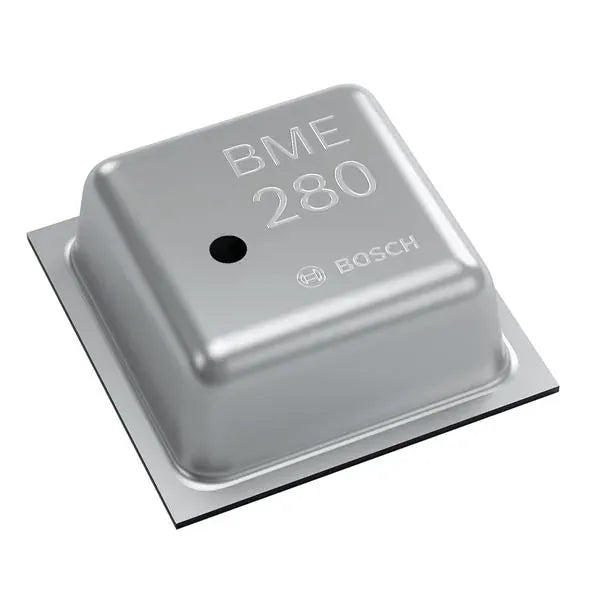
Differences Between LILYGO T-ECHO with BME280 and Without BME280
Sensor Capabilities:
-
With BME280: This version boasts an integrated BME280 sensor, enabling it to monitor temperature, humidity, and pressure. This additional sensing capability allows for real-time environmental data collection, making it suitable for climate monitoring projects and other applications where atmospheric conditions are crucial.
-
Without BME280: The version without the BME280 lacks these environmental sensing features, limiting its capability to basic communication functions. It is primarily designed for projects that do not require environmental data but still need robust LoRa and Bluetooth connectivity.
Application Flexibility:
-
With BME280: Having a built-in environmental sensor significantly expands the use cases of the T-ECHO. It can be incorporated into weather stations, smart agriculture systems, and indoor climate monitoring applications. Users can easily gather and analyze environmental data along with communication functionalities.
-
Without BME280: This model focuses on communication and connectivity, making it more suitable for applications that prioritize data transmission over environmental sensing. It's a good option for developers who need a reliable solution for long-range wireless communication without the added complexity of environmental data.
Power Consumption:
-
With BME280: While the BME280 has low power consumption, the additional functionality may slightly increase the overall power usage, especially if the sensor is continuously active for data logging purposes. However, it remains efficient for battery-operated applications.
-
Without BME280: This version may have lower power consumption overall since it doesn't engage in constant environmental monitoring. It would be more power-efficient in scenarios that only require communication without additional sensors.
Conclusion
In summary, the decision between the two models of LILYGO T-ECHO boils down to your project requirements. If you need a device that can monitor environmental conditions and provide accurate data on temperature, humidity, and pressure, the version with the BME280 sensor is the better choice. On the other hand, if your focus is purely on robust communication functionality without the need for environmental data, the standard version will suffice. Both models leverage the advantages of LoRa and Bluetooth technology, making them valuable tools in the IoT ecosystem.
Differences Between BME280 and Other Sensors
BME280 vs. DHT Series Sensors
-
Functionality: The DHT series includes the DHT11 and DHT22 sensors, which measure temperature and relative humidity. Unlike the BME280, which also measures barometric pressure, DHT sensors provide a narrower range of capabilities focused solely on humidity and temperature.
-
Accuracy: The BME280 offers superior accuracy, yielding ±1 hPa for barometric pressure and ±3% relative humidity. In comparison, the DHT11 has an accuracy of ±2°C for temperature and ±5% for humidity, while the DHT22 provides improved accuracy of ±0.5°C for temperature and ±2-5% for humidity, but still does not match the precision of the BME280. Therefore, the BME280 is better fitted for applications that require reliable environmental data over a range of conditions.
-
Power Consumption: While both sensor types are designed for low power consumption, the BME280 is optimized for continuous operation, making it suitable for battery-powered applications where efficiency is crucial. The DHT series, while also low-power, may sometimes require longer wait times for stability in readings due to their different operating principles.
-
Communication Protocol: The BME280 supports both I2C and SPI communication protocols, allowing versatility in integration with different microcontrollers. In contrast, the DHT series operates using a single-wire digital protocol, which can limit the number of sensors that can be connected in a single application.
BME280 vs. BMP280
-
Functionality: The BMP280 is limited to measuring temperature and barometric pressure, excluding humidity measurements entirely. This makes the BME280 a more comprehensive choice for users needing a full environmental profile since it measures temperature, humidity, and pressure.
-
Accuracy: Both the BME280 and BMP280 provide excellent accuracy, with negligible differences in temperature accuracy. However, since the BMP280 lacks humidity measurement capability, it doesn't provide a full environmental context like the BME280 does.
-
Applications: The BME280 is well-suited for applications that require climate monitoring, such as smart weather stations, HVAC systems, and agriculture. The BMP280 is often used in applications focused on altitude calculation and weather forecasting, where humidity data is not critical.
-
Power Consumption: Both sensors are designed for low power usage, ideal for battery-operated applications. However, due to its additional sensing capabilities, the BME280 might have marginally higher power consumption when continuously sampling all three parameters.
BME280 vs. SHT3x Series Sensors
-
Functionality: The SHT3x series (including SHT30, SHT31, and SHT35) primarily measures temperature and humidity, offering high reliability in those parameters. However, like the BMP280, they do not measure barometric pressure, making the BME280 a more versatile option for comprehensive environmental monitoring.
-
Accuracy: The SHT3x series provides excellent accuracy with ±0.3°C for temperature and ±2% for humidity, similar to or better than the DHT series but still not matching the BME280’s advantage of barometric pressure measurement. The BME280’s humidity accuracy is generally on par with the SHT3x series, making it a competitive option.
-
Power Consumption: Both the BME280 and SHT3x series are designed for low power consumption, making them suitable for battery-operated devices. However, the SHT3x sensors may have slightly higher power demands depending on their configuration and sampling rate compared to the BME280.
-
Communication Protocol: The BME280 supports both I2C and SPI, while the SHT3x series primarily uses I2C. This flexibility in communication makes the BME280 a better choice for users who prefer multiple interfacing options.

